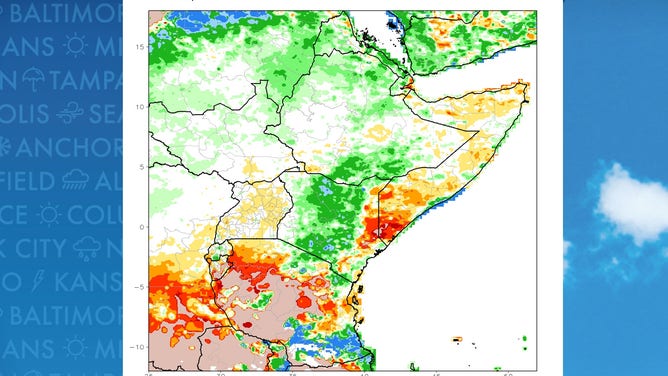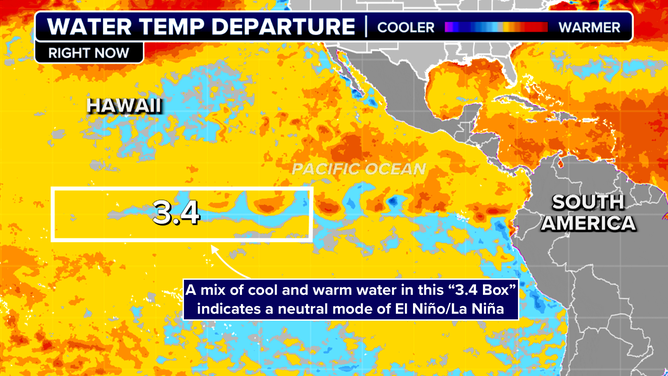More than 500 feared dead in Ethiopia landslides
Ethiopia’s topography and vulnerabilities to extreme weather make it susceptible to flooding and landslides.
Heavy rainfall over southern Ethiopia triggers deadly landslides
The United Nations Office for the Coordination of Humanitarian Affairs reports that heavy rainfall caused mountainsides to give way in a remote region known as the Gofa Zone in southern Ethiopia.
ADDIS ABABA, Ethiopia – Landslides across Africa’s second most populous country have claimed the lives of hundreds, with officials warning that the death toll could grow exponentially.
The United Nations Office for the Coordination of Humanitarian Affairs reports that heavy rainfall caused mountainsides to give way in a remote region known as the Gofa Zone in southern Ethiopia.
Photos from the scene show villagers working by hand to remove mud and debris in search for victims.
As of the latest report, 257 victims have been accounted for, but local authorities expect the death toll to approach 500.
Ethiopia’s topography and vulnerability to extreme weather make it susceptible to flooding and landslides.
NOAA satellites estimate that parts of the region have received rainfall upwards of 400% of what is typical.
The country is currently experiencing its wet season, which will run through the late summer into the fall.
SATELLITE IMAGERY SHOWS LANDSLIDE THAT IS BELIEVED TO HAVE BURIED THOUSANDS IN PAPUA NEW GUINEA

Estimated rainfall over last 90 days
(NOAA)
Assessment teams estimated that more than 15,000 residents need transportation out of the danger zone and said the government is finalizing evacuation plans.
"These people are at high risk of further landslides and need to be evacuated to safe zones immediately. Among them are at least 1,320 children under 5 years of age and 5,293 pregnant and lactating women," an OCHA bulletin stated.
The landlocked country is also experiencing a cholera crisis, with aid organizations reporting thousands of illnesses and deaths due to polluted water across the continent.
The U.N. reported nearly 400,000 cases, including 6,859 deaths, since the start of 2022 from countries such as Ethiopia, the Democratic Republic of the Congo, Malawi, Mozambique and Zimbabwe.
A global weather pattern called El Niño is known to produce heavy rainfall events over eastern Africa.
The world entered the El Niño phase in June 2023, which lasted nearly a year before transitioning into a neutral state of the El Niño–Southern Oscillation.
Forecasters widely expect the globe to transition into what is known as La Niña before the end of the year, which will likely result in below-average rainfall in Ethiopia, leading to droughts and possible famine.

The Pacific Ocean is currently in a neutral condition, which is only fractions of a degree from a weak El Niño.
(FOX Weather)



